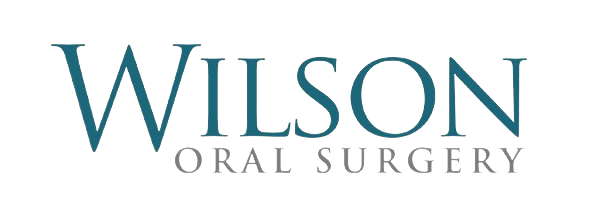Sinus lift, or sinus augmentation, is a surgical procedure that increases the bone area of the upper jaw, specifically in the area where the molars and premolars are, by lifting the sinus membrane and placing a bone graft. This procedure is commonly performed when there is insufficient bone height in the upper jaw, or the sinuses are too close to the jaw for dental implants to be securely placed.
One if the benefits of a sinus lift is that it creates a stable and sufficient bone structure to support dental implants and enhances the restorations’ longevity and functionality. Additionally, it can improve the overall success rate of dental implants by providing a solid foundation, leading to better oral health, improved chewing efficiency, and restored aesthetics for patients who have lost teeth in the upper jaw.
Why Is a Sinus Lift Needed?
Insufficient Bone Height
One of the primary reasons a sinus lift is needed is inadequate bone height in the posterior maxilla. Tooth loss, particularly in the premolar and molar regions, can result in bone resorption, where the jawbone diminishes over time due to the absence of tooth roots. Dental implants can only be securely anchored with adequate bone height. Otherwise, its stability and long-term success would be compromised.
Proximity of Sinus Cavity
The proximity of the maxillary sinus to the upper jawbone presents another challenge for dental implant placement. In some individuals, the sinus cavity extends into the alveolar ridge, the bony ridge that supports the teeth. This anatomical variation leaves insufficient space for implant placement and necessitates a sinus lift to create the necessary bone height below the sinus floor. Call us to learn more.
Periodontal Disease
Advanced periodontal (gum) disease can result in significant bone loss in the upper jaw. As the teeth's supporting structures deteriorate, the bone may resorb, further exacerbating the issue of insufficient bone height. Thus, a sinus lift becomes essential to augment the bone and provide a stable foundation for dental implants.
Trauma or Congenital Defects
Traumatic injuries or congenital defects affecting the upper jawbone can also lead to inadequate bone structure. In these instances, a sinus lift is necessary to rebuild the bone and create a suitable environment for implant placement. The procedure is a viable solution for patients who would otherwise be unable to receive dental implants due to bone deficiencies.
Long-term Oral Health
A sinus lift restores bone volume in the upper jaw and provides a stable foundation for dental implants. It contributes to long-term oral health by preventing further bone loss and supporting the overall integrity of the dental arch.
Expansion of Treatment Options
Without a sinus lift, patients with inadequate bone height in the upper jaw may have limited treatment options for tooth replacement. By undergoing a sinus lift, patients can access a broader range of dental restoration techniques, including dental implants that demonstrate superior stability and longevity compared to traditional prosthetics.
The Sinus Lift Procedure
- The process begins with a thorough examination, including X-rays and possibly a CT scan, to assess the anatomy of the jaw and sinuses. The dentist or oral surgeon will determine the extent of the bone graft needed and plan the surgery accordingly.
- On the day of the surgery, local anesthesia and previously agreed-on sedation, if any, are administered to numb the area and ensure patient comfort if needed.
- An incision is made in the gum tissue to expose the jawbone. A small window is then created in the bone to access the sinus cavity.
- The sinus membrane is carefully elevated, creating a space between the membrane and the jawbone.
- Bone graft material — which may be autogenous (from the patient), allogeneic (from a donor), xenogeneic (from an animal), or synthetic — is placed into the newly created space. This graft eventually integrates with the existing bone, increasing its height and density.
- The incision is closed with sutures, and the healing process begins.
The Benefits of a Sinus Lift
- Facilitates successful placement of dental implants in the upper jaw, ensuring their stability and longevity.
- Enhances chewing and speaking abilities by providing a solid foundation for dental restorations.
- Restores the aesthetic appearance of the smile, boosting self-confidence and overall quality of life.
- Prevents further bone loss in the upper jaw, preserving natural facial structure and supporting oral health.
- Expands treatment options for patients with insufficient bone height, enabling a wider range of dental restorative procedures.
- Promotes long-term oral health by providing a stable framework for dental implants to function effectively.
- Allows the preservation of the natural tooth structure, minimizing the need for invasive dental procedures in the future.
A sinus lift can provide a pathway to effective and lasting dental restoration for patients facing the challenges of insufficient bone height in the upper jaw. To learn more, visit Wilson Oral Surgery at 2151 S College Dr Ste 104, Santa Maria, CA 93455 or 207 Station Way, Arroyo Grande, CA 93420. You an also call our Santa Maria dental office at (805) 925-1440 or Arroyo Grande dental office at (805) 574-1200 to schedule an appointment with us.
